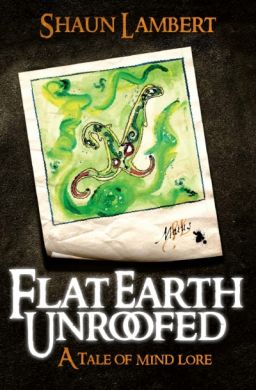The neglect of enchantment of The Hobbit

The incredible excitement and anticipation generated by the release of The Hobbit: The Desolation Of Smaug demonstrates the enduring power of fantasy.
Fantasy books are a central genre of fairy tales and these are of crucial meaning and importance. So says the great, late psychoanalyst Bruno Bettelheim in his award-winning book The Uses of Enchantment.
Bettelheim's principal argument is that 'our greatest need and most difficult achievement is to find meaning in our lives.'[1] In his view, nothing is as enriching for us as the folk fairy tale[2] because the central function of the enchantment of these stories is to help children and adults alike to discover meaning.
He says this not as someone who has lived a life of seclusion in an academic, ivory tower but, having survived the concentration camps of Dachau and Buchenwald during the Second World War, as someone who is entirely aware of the brutal realities of the real world.
Intuitively, and from my own experience, I know Bettelheim's argument for the significance of meaning to be true. Our inner life can be a 'Perilous Realm', to quote JRR Tolkien, the author of The Hobbit, and I've found myself, to rephrase him, behind the gates of this inner land with the key lost.[3]
As a child, and even as an adult, the enchantment of fantasy genre books has given me a unique key to the gate of my own inner meaning.
However, I think the perilous realm of enchantment is all too often neglected when 'serious' literature is discussed. It is often dismissed as being a genre just for children, as if a book that can speak to a child could not also have a message for an adult. This is one of the reasons why I have written a children's fantasy book – Flat Earth Unroofed – a tale of mind lore – which is explicitly not just for the young.
Although I have been reading fairy stories and fantasy books since the age of three, I didn't write this book for the literature market but rather for my own inner child. Before the rise of psychology and therapies, human beings told these strange stories to bring healing and meaning; fairy tales are amongst the most ancient tales told, enduring because of their timeless ability to touch our inner lives.
First and foremost, Flat Earth Unroofed is a story. But it is a tale that treats the ancient mind lore of awareness, attention and mindfulness as a worthy subject of narrative because it is part of the fabric of being. This is not a didactic tool but an exploration of often lost hidden realities.
Secondly, the hero and heroine are soul warriors who can bleed. They are wounded inwardly and suffer from anxious and depressed thoughts, battling to find the resilience to overcome them, just like many young people today. This is portrayed as normal and real: psychological distress should not be stigmatised in literature any more than it should be stigmatised in life.
Some people understand fairy stories and fantasy books and other people don't. One person who definitely understood the genre was JRR Tolkien who believed that the appeal of fairy tales, for both writer and reader, was that they take you into a world of 'Sub-creation'. [4] My belief is that this world of sub-creation stimulates sub-creation within us, enabling us to imagine possibilities of meaning for our own lives. Flat Earth Unroofed imagines a post-religious, post-apocalyptic world of enchantment that enables us to face the dragons that lurk within our own hearts.
Many children and young people now live in an online world. This virtual conceit is not a modern fairy tale that connects them with their inner selves but rather a captivating lie that distances them from reality. We need to re-enchant them with the real world which, paradoxically, can be found most vividly and clearly in the pages of a fairy tale or a fantasy book. Maybe The Hobbit: The Desolation Of Smaug will encourage them to read the book.
Shaun Lambert is a trained counsellor and psychotherapist and has written 'Flat Earth Unroofed – a tale of mind lore' to open young people's minds to all the possibilities of the present moment.
Flat Earth Unroofed – a tale of mind lore is available from Gardners and CLC, and online in paperback and electronic formats.
[1] Bettelheim, B., (1991). The Uses of Enchantment, London, Penguin, p.3.
[2] Ibid, p.5.
[3] Tolkien, J.R.R., (2001). Tree and Leaf, London, Harper Collins, p.3.
[4] Ibid, p. 47.











